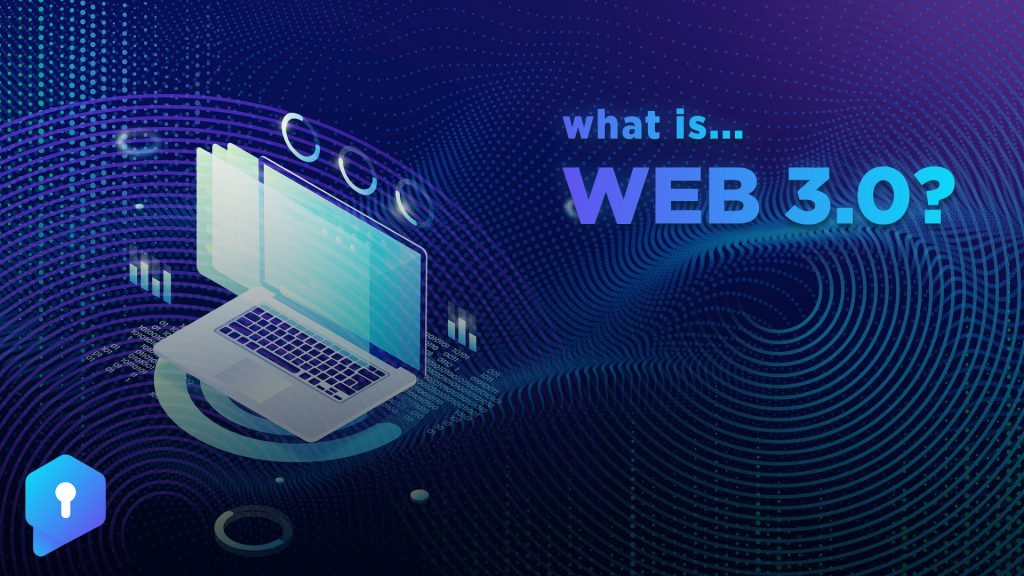You’ve probably heard the term “Web 3.0” tossed around in conversations or on social media. But what exactly is it, and why are people so excited about “Web 3.0”?
Web 3.0 can be described as a new era of the web, built on blockchain technology and characterized by a more decentralized web experience. It represents a fundamental shift away from today’s web, dominated by large, centralized platforms such as Google, Facebook and Amazon.
Web 3.0 promises a more democratic web, where users are in control of their data and interactions. In addition, blockchain technology enables new applications and services that were not possible before. For example, it allows Decentralized Applications (dApps), which are applications that run on a network of decentralized nodes rather than a single server. This makes them more secure and resilient to attacks and more efficient and transparent. Web 3.0 is still in its early days, but there are already several projects and platforms that are paving the way for its development.
Here are some of the most notable projects and platforms:
- Ethereum: Ethereum is a public blockchain platform that enables the development of dApps. It was the first platform to support the development of smart contracts, which are contracts that are executed automatically when certain conditions are met.
- Bitcoin: Bitcoin is a decentralized digital currency that enables secure, peer-to-peer payments. It was the first blockchain-based cryptocurrency and is still the most popular one.
- EOS: EOS is a blockchain platform that enables the development of dApps with user authentication and account management features. It is also scalable, meaning that it can handle many transactions per second.
- DreamBit City: DreamBit is a Decentralized Social Network with Web 3 Account and architecture, providing full tools for participants to invest into cryptocurrency.
- Polkadot: Polkadot is a blockchain platform that enables the development of dApps with features such as governance and interoperability. It is designed to facilitate communication between different blockchains, leading to a more decentralized web.
Web 3.0 is still in its early days, but it represents a fundamental shift in how we use the web. It promises a more democratic, secure and efficient web experience, and there are already several projects and platforms that are paving the way for its development. Be sure to keep an eye out for these developments, as they will shape the web of the future.
